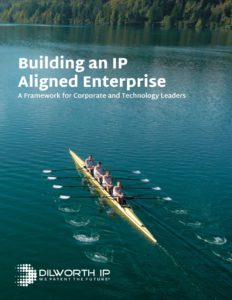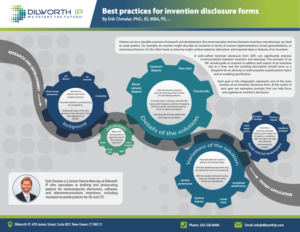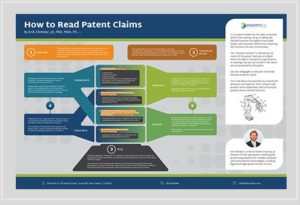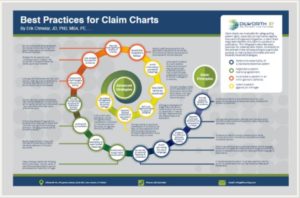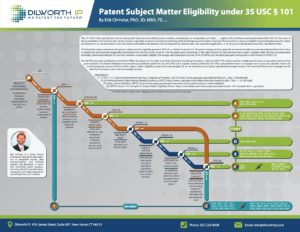 Patent Subject Matter Eligibility under 35 U.S.C. § 101
Patent Subject Matter Eligibility under 35 U.S.C. § 101
The conditions for patent eligibility under Section 101, especially for process inventions involving artificial intelligence and machine learning, can be onerous at times. This handy visual guide can help inventors and patent attorneys sort out some of the strategies to get around potential 101 rejections when drafting claims directed to “abstract ideas.”
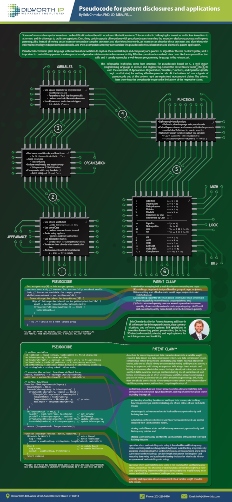 Pseudocode for Invention Disclosures and Patent Applications
Pseudocode for Invention Disclosures and Patent Applications
This article and infographic highlight some best practices for pseudocode based on C, a well-known programming language in science and engineering. The text displayed on each microchip of the infographic describes the essentials of Appearance, Organization, Variables, Functions, and Operators (math, logic, and bitwise) for writing effective pseudocode.
Building an IP Aligned Enterprise: A Guide for Corporate and Technology Leaders
Considering that over 70% of the value in today’s technology enterprises is derived from intellectual property, it’s clear that one of the most powerful ways companies can improve enterprise value is by more effectively creating, identifying, managing, and leveraging their IP by fostering an IP-aware culture that aligns these priorities across the enterprise.
Best Practices for invention Disclosure Forms
An industry-specific invention disclosure form (IDF) with narrowly tailored sections and precise prompts can organize and focus an inventor’s disclosure, making it easier for the inventor to write and the attorney to understand.
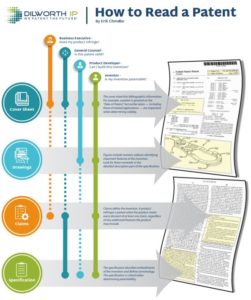 How to Read a Patent: A Visual Guide for Innovation Stakeholders
How to Read a Patent: A Visual Guide for Innovation Stakeholders
When various stakeholders in the innovation process read a patent, they can save time and increase effectiveness by focusing on the parts of the patent that are most relevant to their respective role. This infographic is a great visual guide outlining these different perspectives.
Everyone knows that patents protect inventions. But did you know that only the “claims” section of a patent—oftentimes less than a page in length—exclusively defines what’s legally protected? Put simply, if it’s not in the claims, it’s not patented.
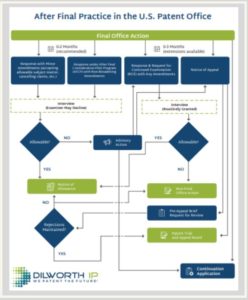 Navigating Your After Final Options in the US: A Guide for Patent Applicants
Navigating Your After Final Options in the US: A Guide for Patent Applicants
During prosecution of a U.S. patent application, rejections may be received in either a non-final or a final office action. While the substance of the rejections can be the same, the applicant’s options for responding are quite different.
A Visual Guide to Build Claim Charts
A good claim chart is like a Swiss Army knife – simple, efficient, and effective. A claim chart compares the limitations of a patent claim against a product, against other patents, or against various publications. Claim limitations are placed in a first column of a table and evidence of use or evidence of publication are placed in a second column.
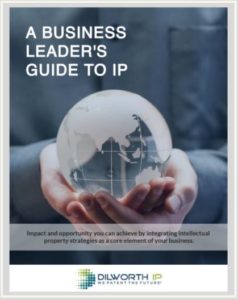 A Business Leader’s Guide to IP: Achieving Impact through IP Integration
A Business Leader’s Guide to IP: Achieving Impact through IP Integration
This in-depth guide provides business leaders with a comprehensive introduction to the key strategies, opportunities and areas of impact that you can achieve by taking an integrated approach to IP as a strategic business driver.

